Chemical reactions destroy water molecules on Mars!
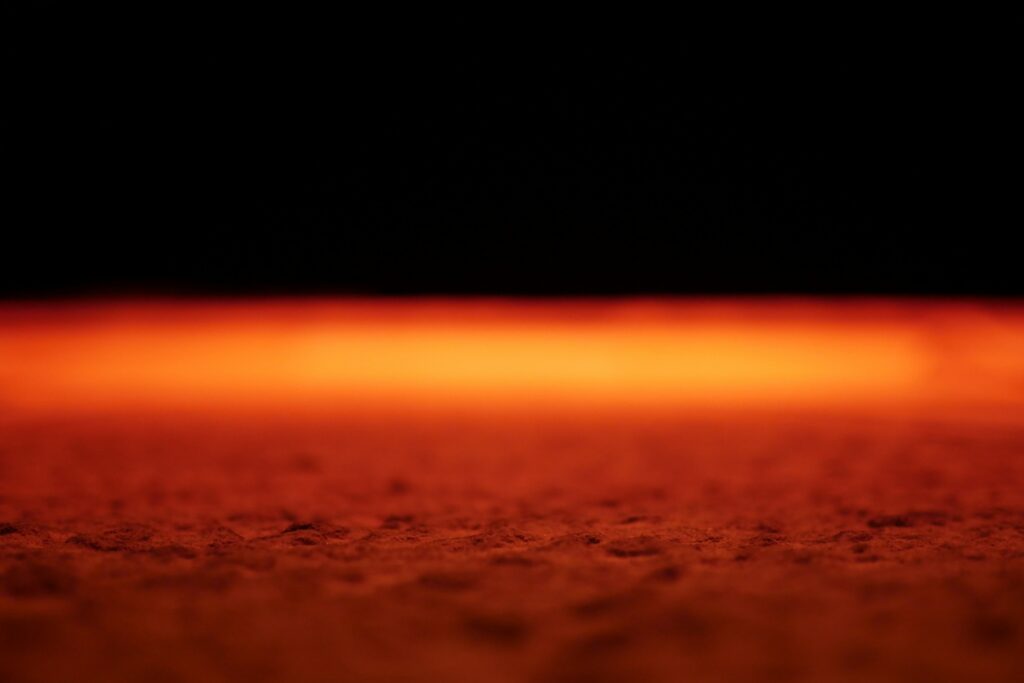
As water from Mars is slipping to the surface, NASA’s MAVEN spacecraft found water in the upper atmosphere of Mars, where its hydrogen and oxygen atoms split apart, scientists reported in November 2020. This completely changes the way we thought hydrogen, in particular, was being lost to space, says planetary chemist Shane Stone of the University of Arizona in Tucson.
The surface of Mars was formed by flowing water, but today the planet is an arid desert Previously, scientists thought that Mars’ water was lost in a slow, steady trickle as sunlight split the water in the lower atmosphere and hydrogen gradually diffused upward.
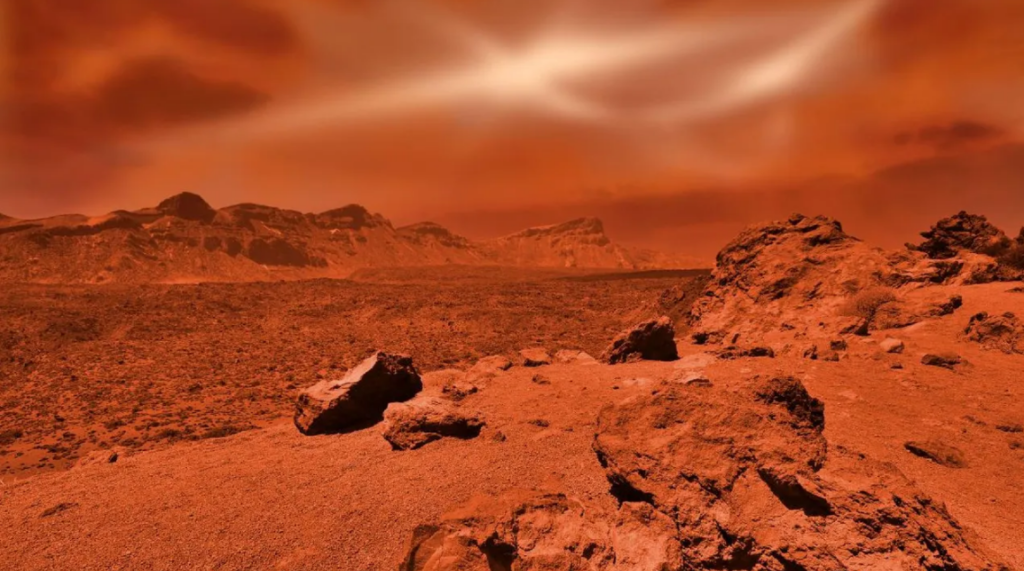
But MAVEN, which has been orbiting Mars since 2014, picked up water molecules in the ionosphere of Mars, at altitudes of about 150 kilometers. That was surprising: previously, the highest water ever seen was about 80 kilometers.
That high water varied in concentration as the seasons changed on Mars, peaking in the austral summer, when seasonal dust storms are most frequent. During a global dust storm in 2018, water levels rose further, suggesting that dust storms kick up water in a sudden jump.
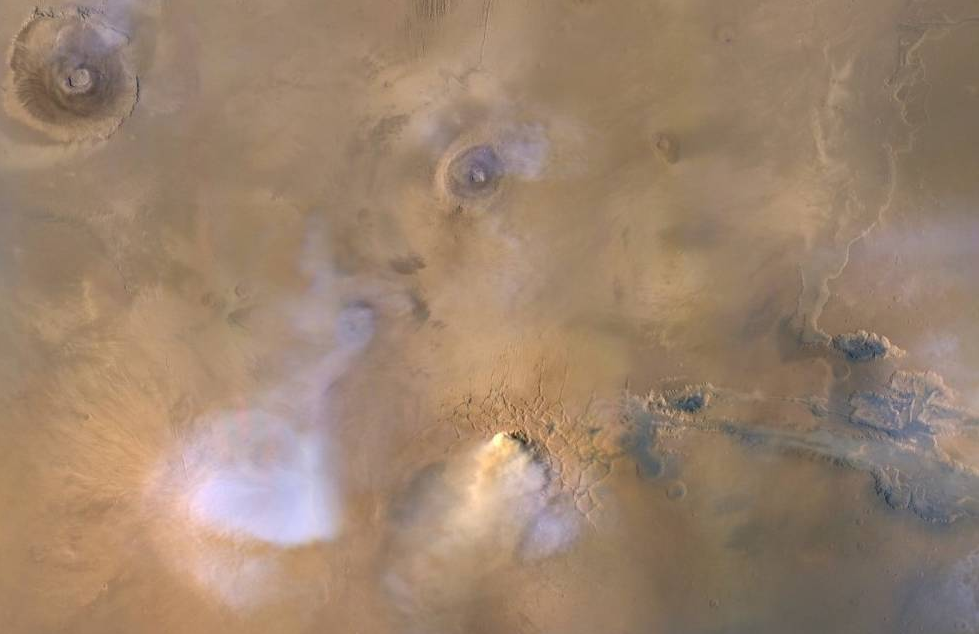
The upper part of the atmosphere of Mars is full of charged molecules that are primed for rapid chemical reactions, especially with water. So the water up there splits rapidly, lasting on average for just four hours, leaving the hydrogen atoms to float away. That process is 10 times faster than previously known ways Mars loses water, scientists calculated.
This process could explain why Mars has lost the equivalent of a 44-centimeter-deep global ocean in the past billion years, plus another 17-centimeter-deep ocean during each global dust storm, the team discovered. That can’t explain all the water loss from Mars, but it’s a start.
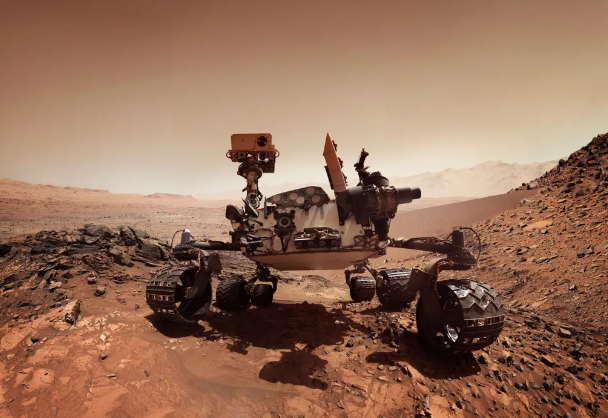
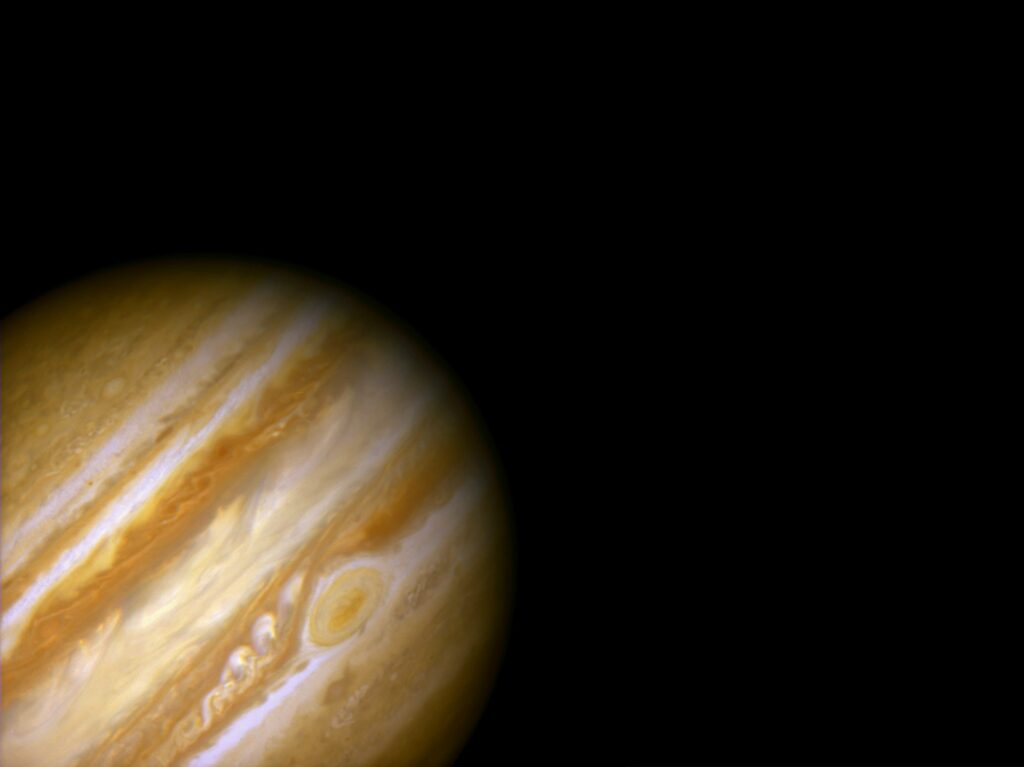
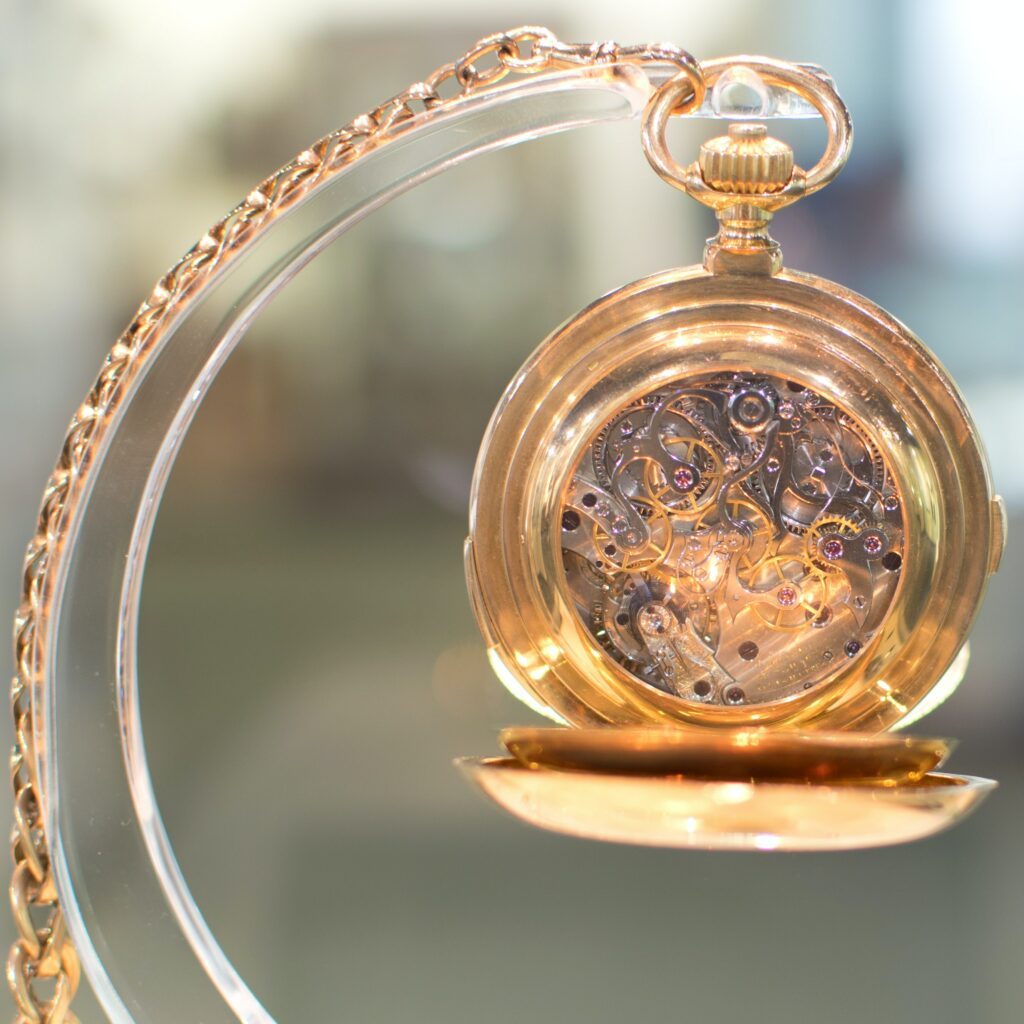
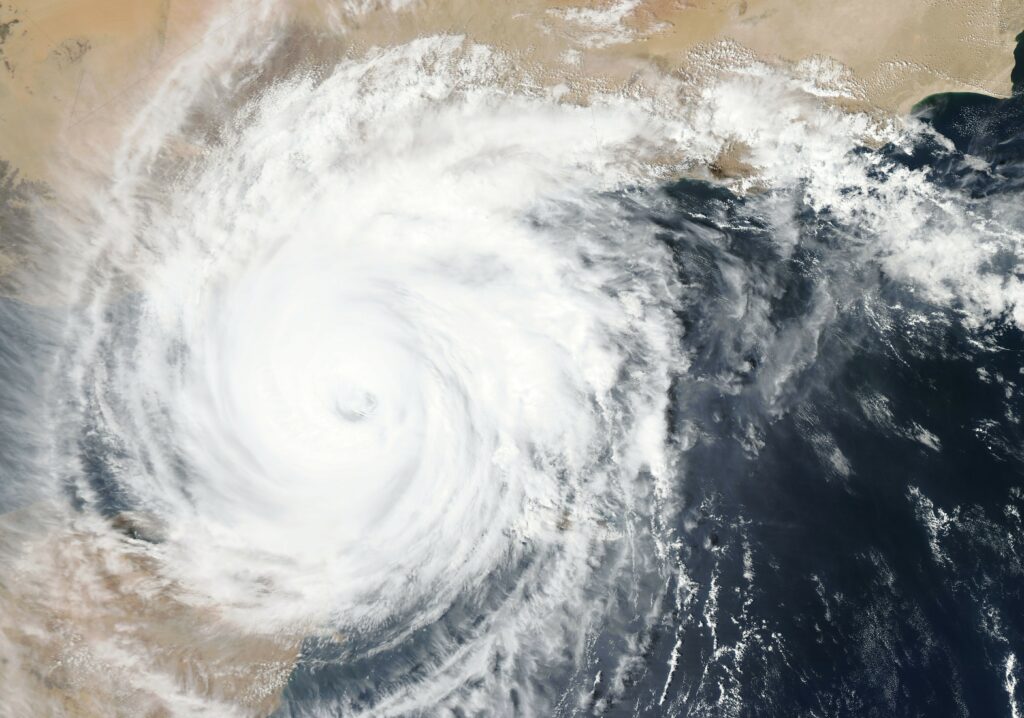
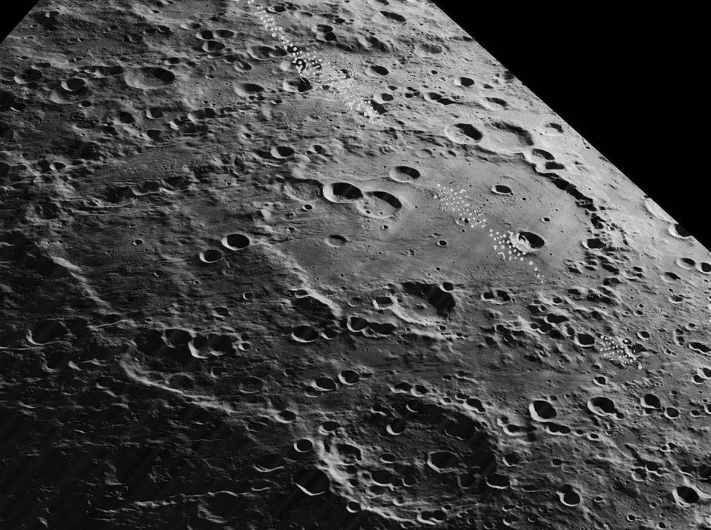
Responses